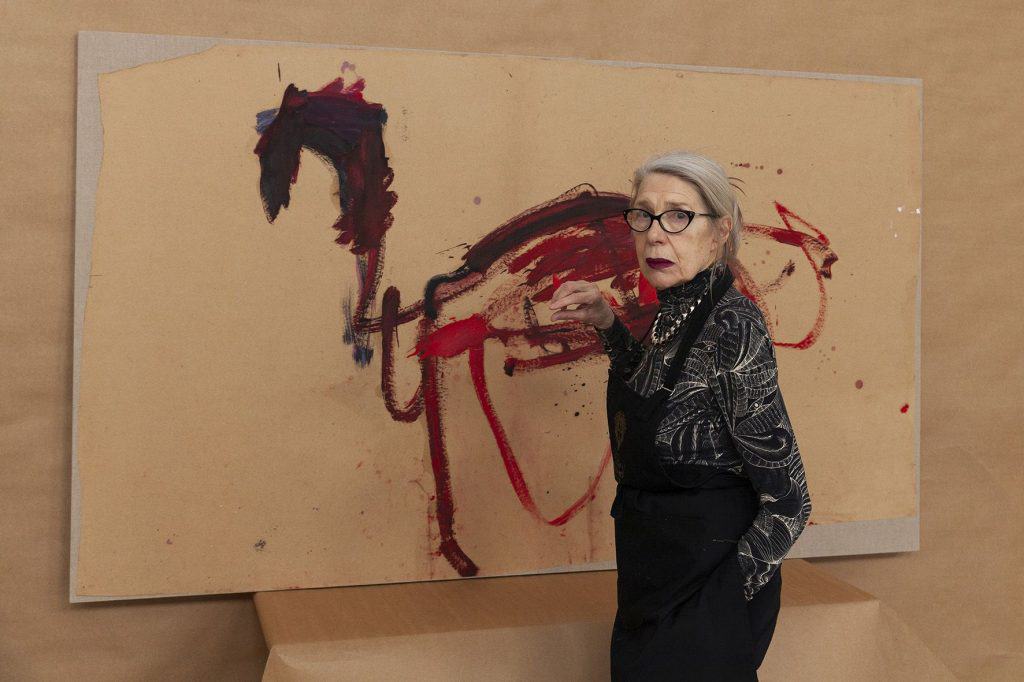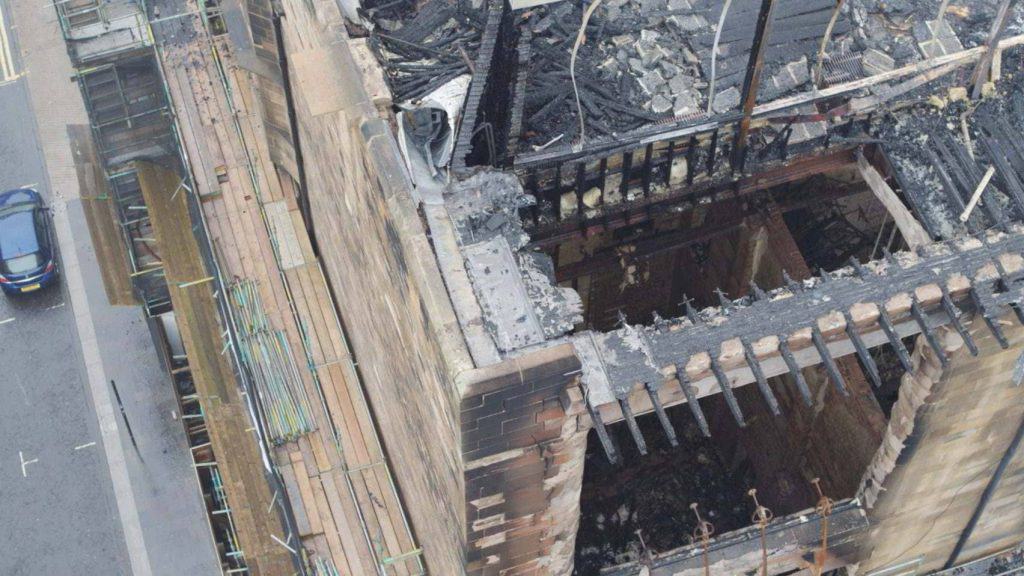Think Your Art Is Adequately Insured? Here Are a Few Insider Strategies to Help Minimize Your Risk
Ronald D. Spencer/artnet.com/Spencer’s Art Law Journal
This essay originally appeared in Spencer’s Art Law Journal. The journal is published three times a year and aims to offer insight into pressing art-related legal issues for lawyers and non-lawyers alike.
What you may not know about assessing loss or damage to art for an insurance claim. This essay addresses the valuation of loss or damage to art for an insurance claim.
The insurance “coverage amount” (the maximum amount the policy will pay and providing the basis for calculation of insurance premiums) is naturally a focus for the insured art owner. But, as a practical matter (because most insurance claims do not involve claims for the full coverage amount), the more relevant factor for the insured is how the insurer will value the damage claim.
Most art insurance policies are vague on the valuation method, providing, simply, that in the event of disagreement on the value of the loss, the insured and insurer will each retain their own appraisers, and if the appraisers do not agree on the value of the loss, the dispute is to be submitted to an umpire or arbitrator, whose decision will be final. Note, here, that this quite usual valuation dispute resolution provision limits the owner’s right (because of the rather narrow scope of judicial review) to contest in court the umpire/arbitrator’s decision valuing a loss under the policy. The point here is that the art owner should recognize that…
FOTO: Materials Conservator Jason Church loads a newly constructed
paintings rack with water damaged canvas




